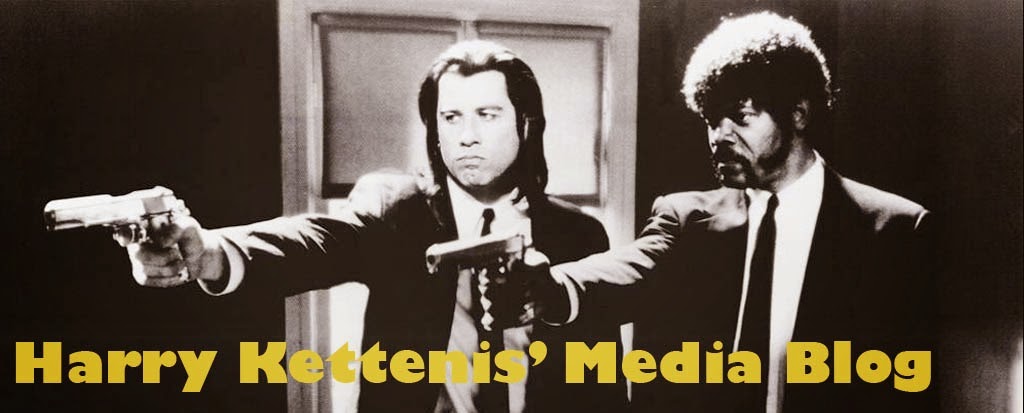What techniques did you specifically use to create continuity (narrative flow) in your accident sequence?
The sequence was started with a master shot which established the setting of the sequence and introduced the two characters.
This was followed by a low angle shot of my character when he was angry. This low angle increased the level of authority of this character as well as making him appear more intimidating and serious to the audience for them to be able to feel the same fear that Kayvon's character felt.
This then cut to a mid shot of my character hitting character as he fell into the wall. This then cut to a close up of Kayvon sliding down the wall as he fell unconscious. We used a match on action by ensuring that Kayvon and the camera remained in the same positions in order to give a seamless transition between the two shots.
My character then shook Kayvon's character to see if he was conscious before running away. The low angle allowed the audience to see the scene from the point of view of Kayvon's character.
In hindsight, what could you do to improve the continuity (narrative flow) of the sequence?
One main mistake that we made was not abiding by the 180 degree rule. In the second shot my character jumped from the right of the shot to the left. This may have caused confusion for the audience in terms of the positioning. We should have kept each character on their respective sides of the shot.




